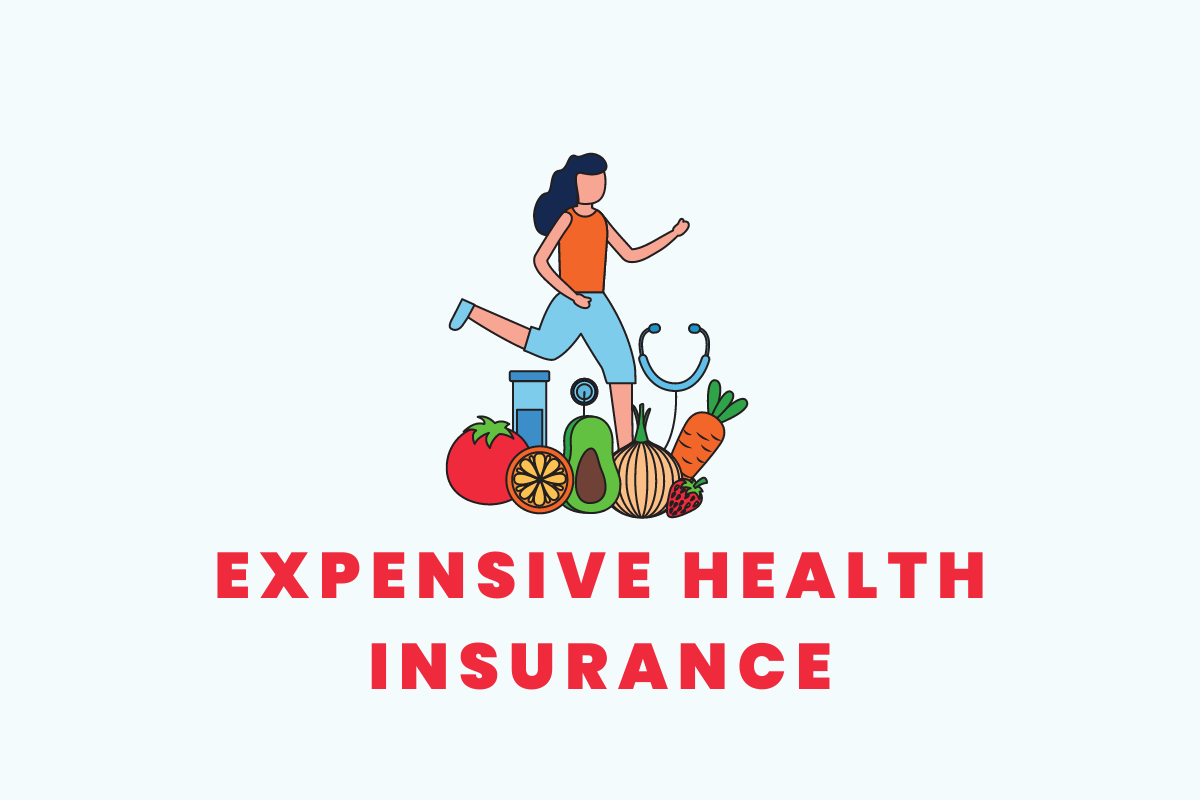In today’s world, navigating health insurance can feel like deciphering a complex code. One term that often pops up is “expensive” health insurance. But what exactly makes a plan expensive, and is it always the best option? This article dives deep into the world of high-coverage health insurance, exploring its features, costs, and how to decide if it’s right for you.
Understanding High-Coverage Health Insurance
There isn’t a universally defined “most expensive” health insurance plan. However, plans with features that translate into broader coverage typically come at a higher premium. Here’s what sets them apart:
-
High Sum Insured: Regular health insurance plans offer coverage amounts ranging from a few lakh rupees to ₹50 lakh. High-coverage plans, often called “Crorepati” plans in India, boast sum insured amounts of ₹1 crore or more. This translates to a larger financial safety net in case of hospitalization or critical illness.
-
Comprehensive Coverage: These plans go beyond hospitalization expenses. They may cover pre and post-hospitalization costs, ambulance services, critical illness benefits, and even OPD expenses. This holistic approach ensures you’re covered for a wider range of healthcare needs.
-
Additional Benefits: Some high-coverage plans offer exclusive features like cashless hospitalization at a wider network of hospitals, room rent capping waivers, and coverage for advanced medical procedures.
Why Consider High-Coverage Health Insurance?
While the premium might seem daunting, here’s why high-coverage health insurance can be a wise investment:
-
Peace of Mind: Medical costs are rising steadily. A high sum insured ensures you can access the best possible treatment without worrying about financial constraints.
-
Critical Illness Cover: Critical illnesses like cancer or heart disease often require extensive and expensive treatment. High-coverage plans with critical illness benefits can be a lifesaver in such situations.
-
Family Security: If you have a family to support, a high sum insured plan safeguards their financial well-being in case of your hospitalization.
Who Needs High-Coverage Health Insurance?
Not everyone requires a Crorepati plan. Here are some factors to consider:
-
Age and Health: Younger individuals with no pre-existing conditions might opt for a lower sum insured plan initially, increasing coverage as they age or develop health concerns.
-
Family History: If you have a family history of critical illnesses, a high-coverage plan with critical illness benefits can provide added security.
-
Lifestyle: If your lifestyle puts you at a higher risk of health complications, a comprehensive plan with broader coverage might be wise.
Cost Factors Affecting High-Coverage Plans
The premium for a high-coverage health insurance plan is influenced by several variables:
-
Sum Insured: The higher the sum insured, the steeper the premium.
-
Age: Premiums tend to be lower for younger individuals and increase with age.
-
Medical History: Pre-existing conditions or a history of claims can lead to higher premiums.
-
Lifestyle Habits: Tobacco use, for instance, can attract a premium loading.
-
Policy Coverage: Plans with broader coverage, like critical illness benefits, naturally come at a higher cost.
Finding the Right Balance
While comprehensive coverage is desirable, it’s crucial to find a plan that aligns with your budget. Here are some tips:
-
Compare Quotes: Get quotes from different insurance providers to compare coverage options and premiums.
-
Consider Customization: Many plans allow you to customize features like room rent capping or co-pay options to manage costs.
-
Factor in Future Needs: While a lower sum insured might be suitable now, consider potential future medical needs when choosing a plan.
Conclusion
High-coverage health insurance plans offer comprehensive protection against rising healthcare costs and critical illnesses. However, the decision to opt for one should be based on your individual needs and financial situation. Carefully evaluate your health profile, budget, and future requirements before making an informed choice. Remember, the “most expensive” plan isn’t always the best; it’s the one that provides the most relevant coverage for you and your loved ones.




